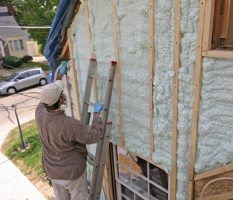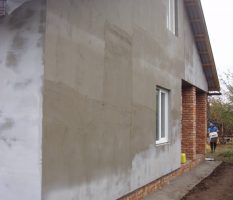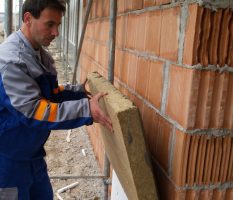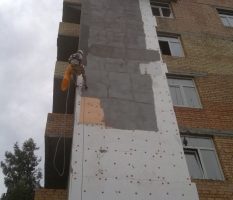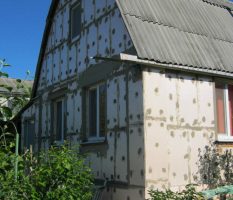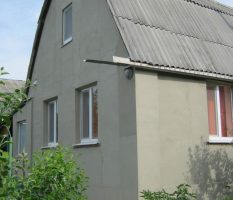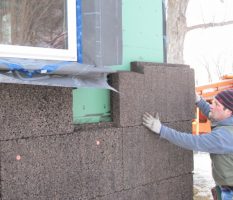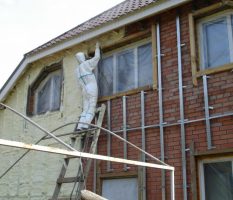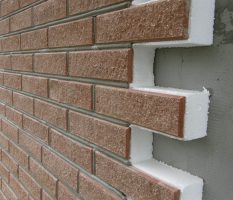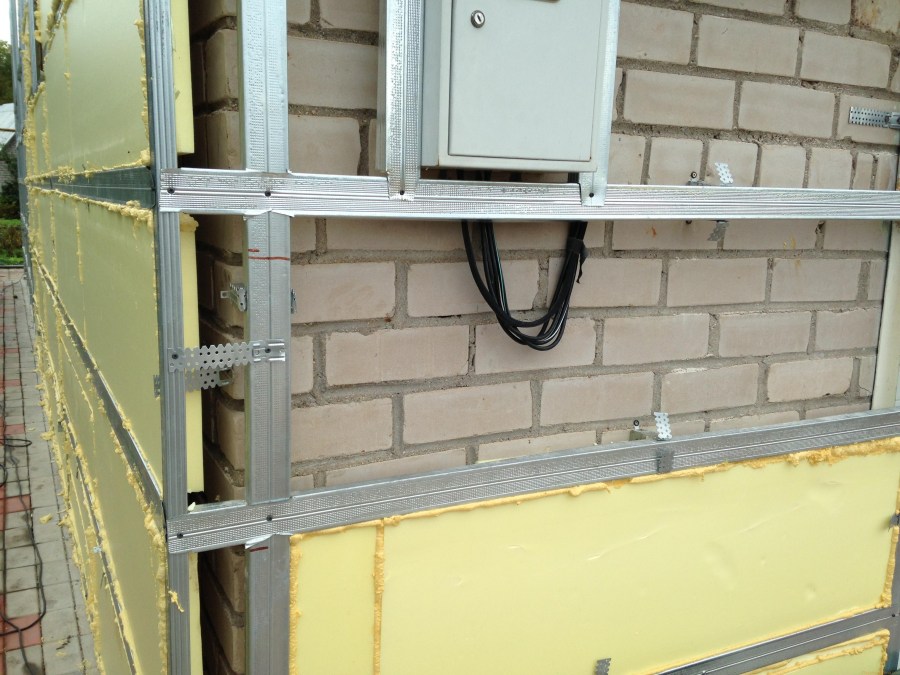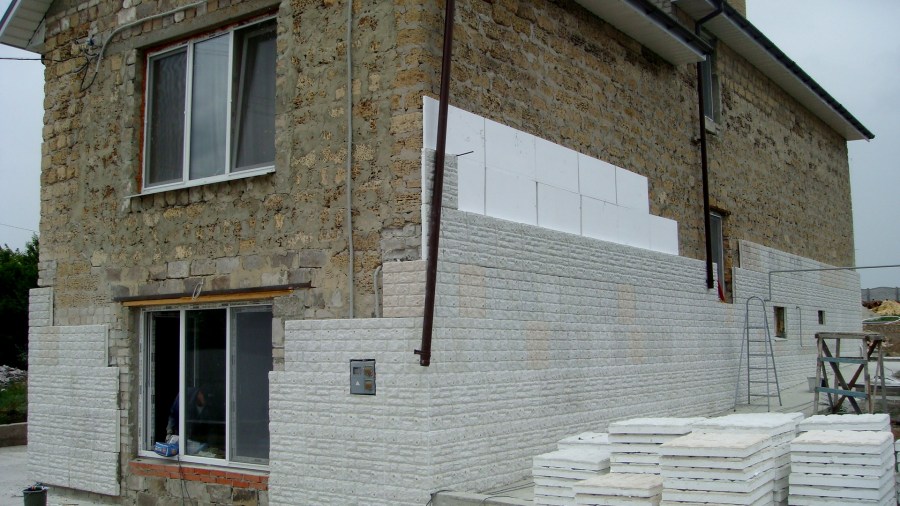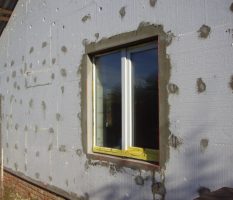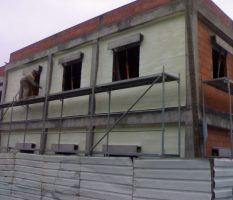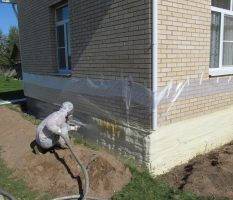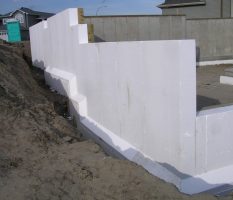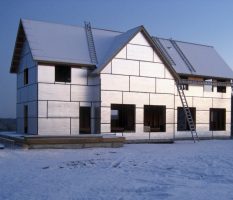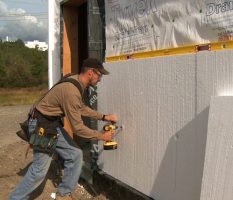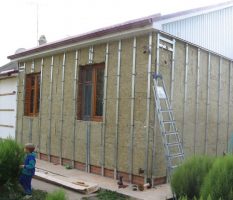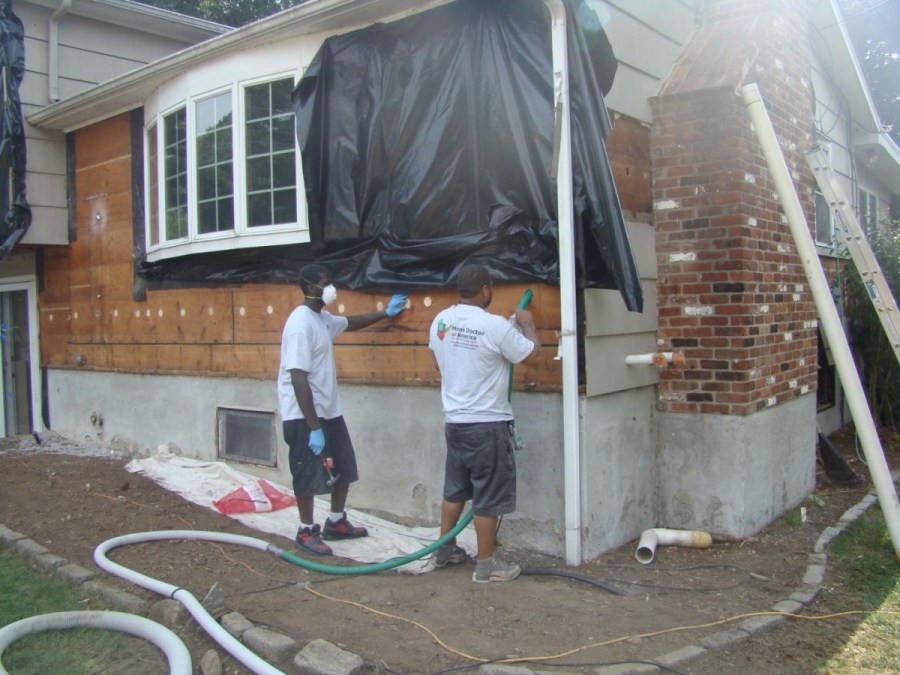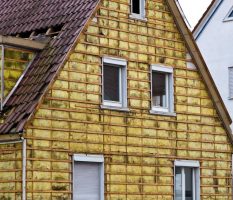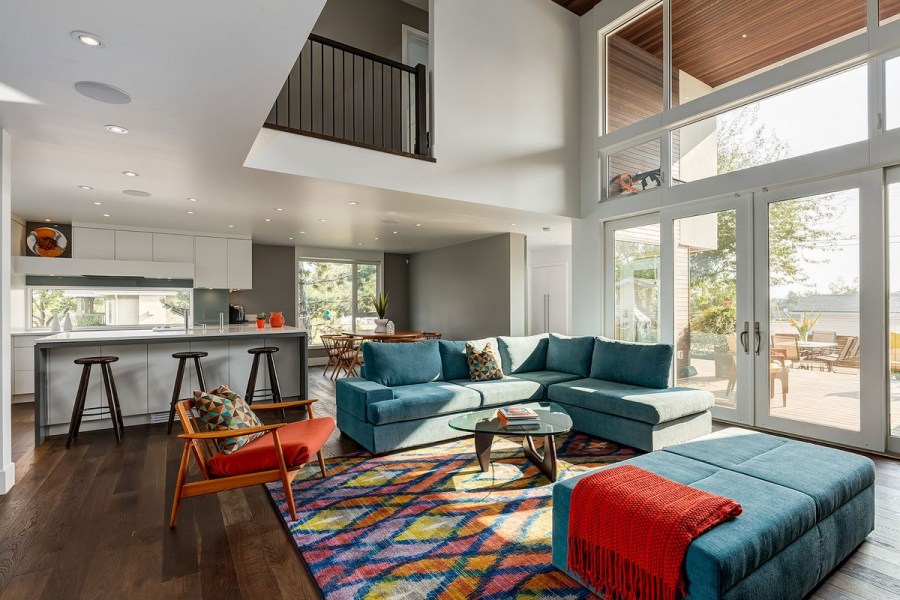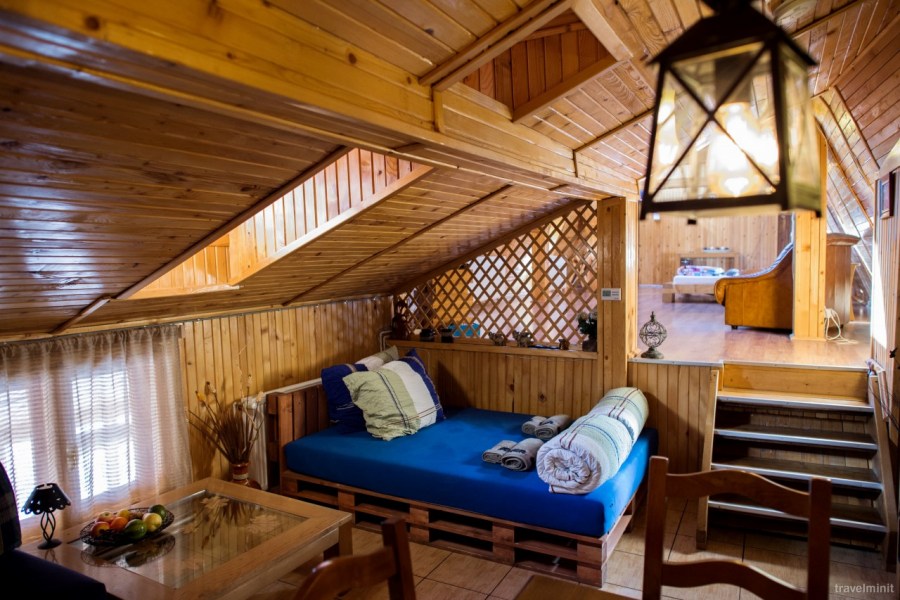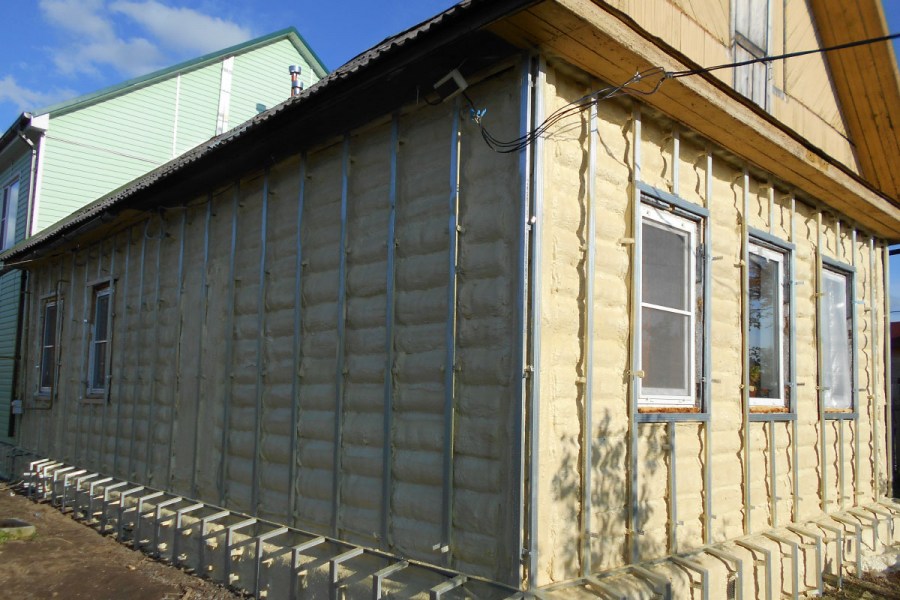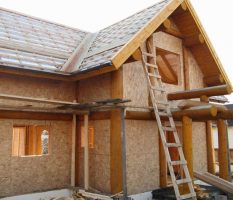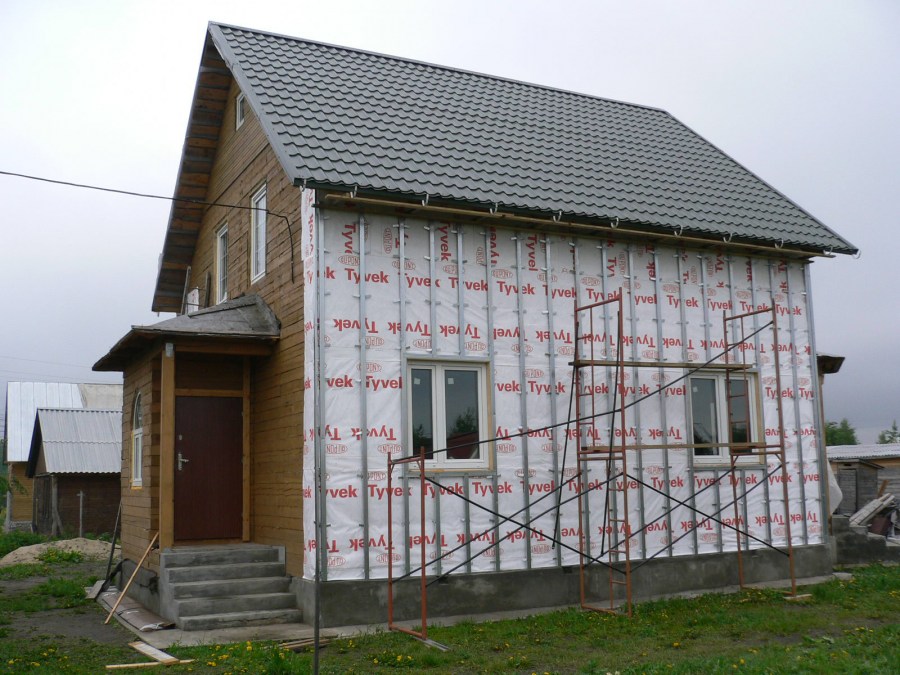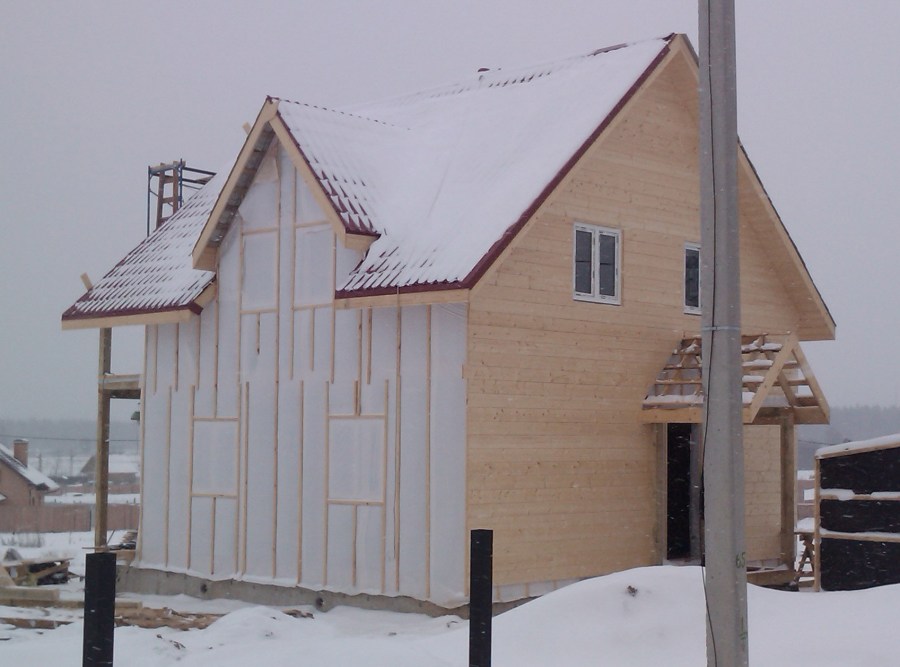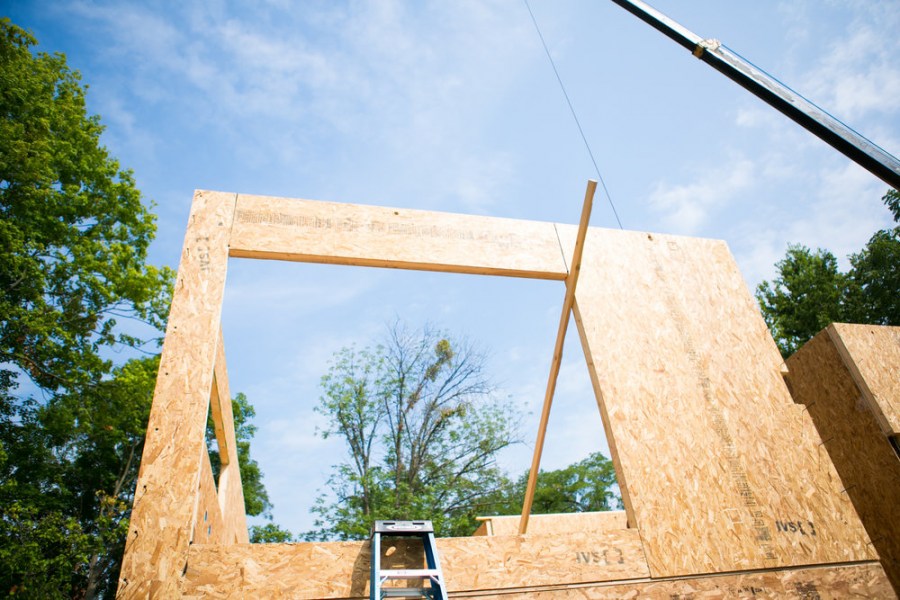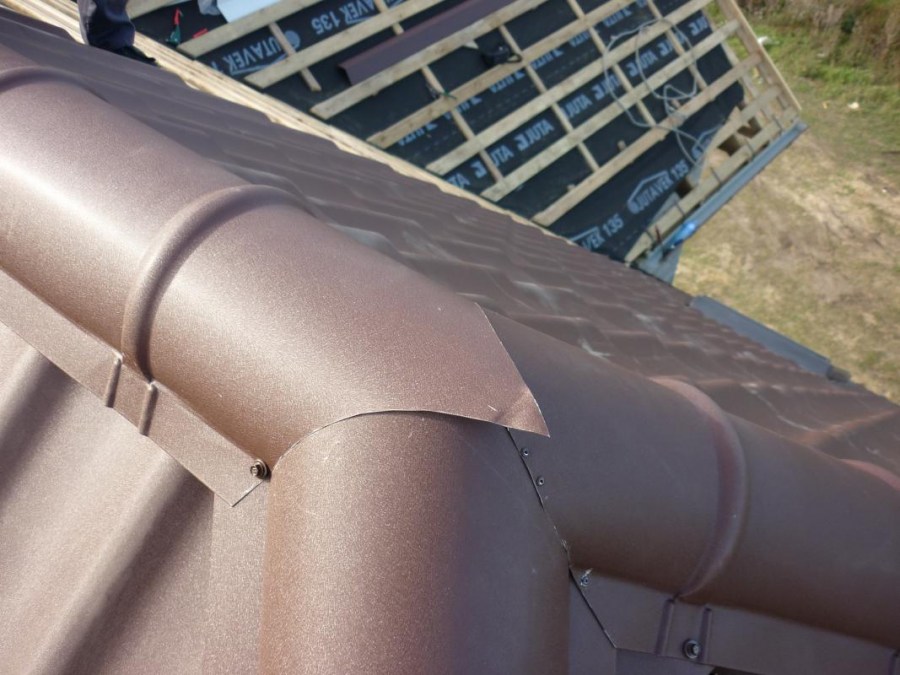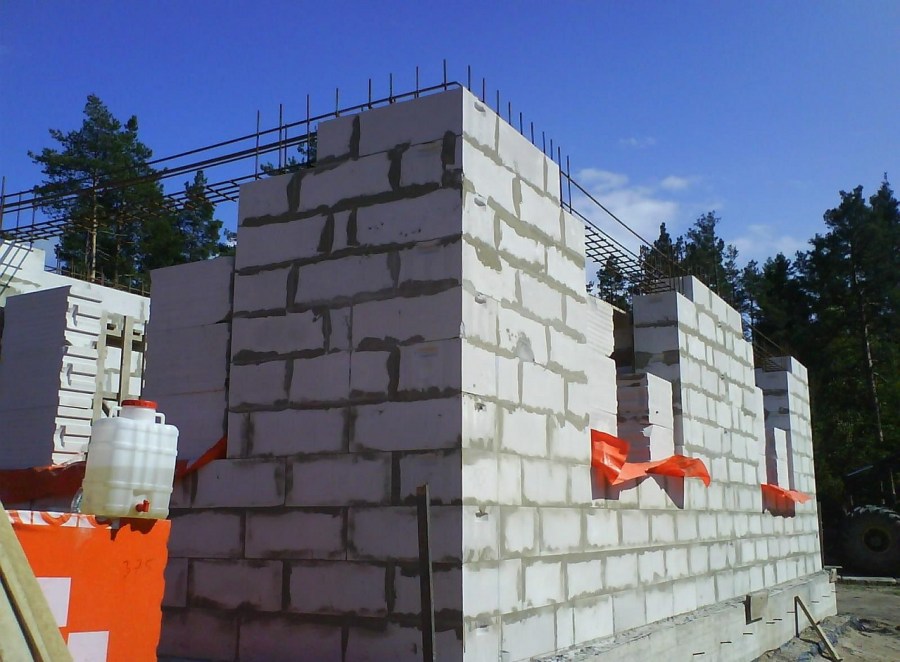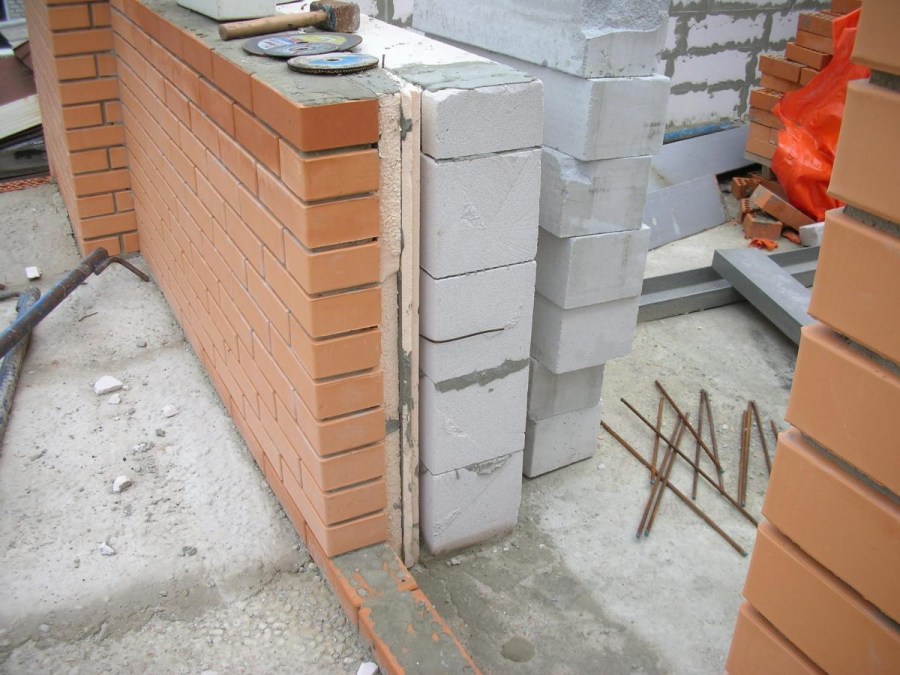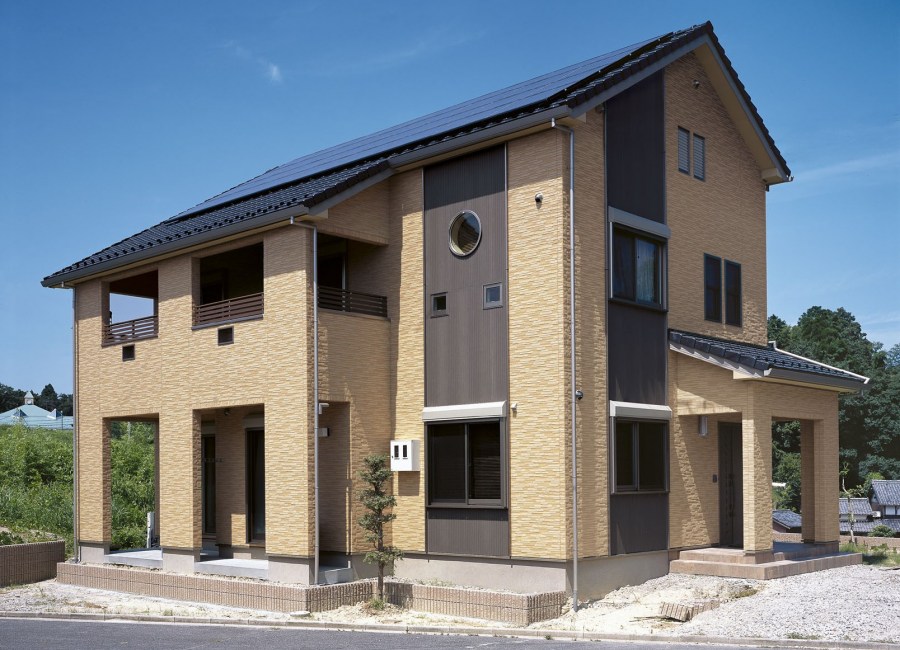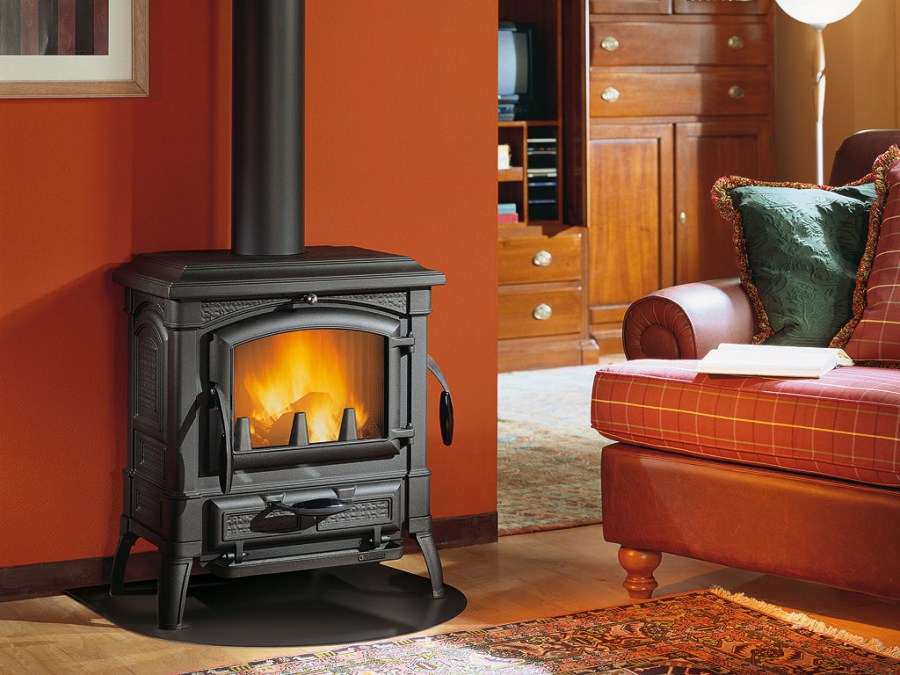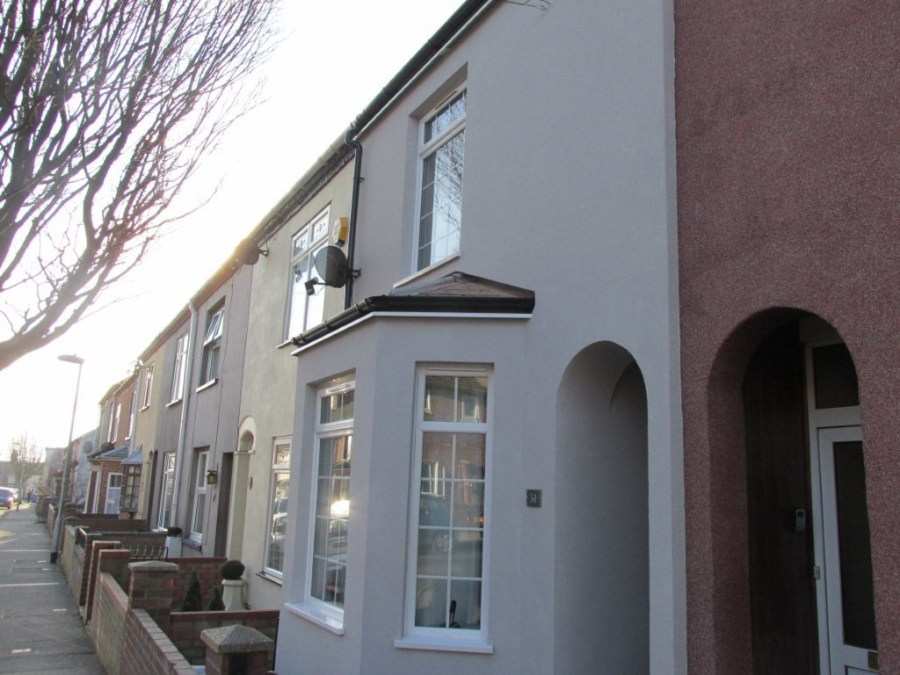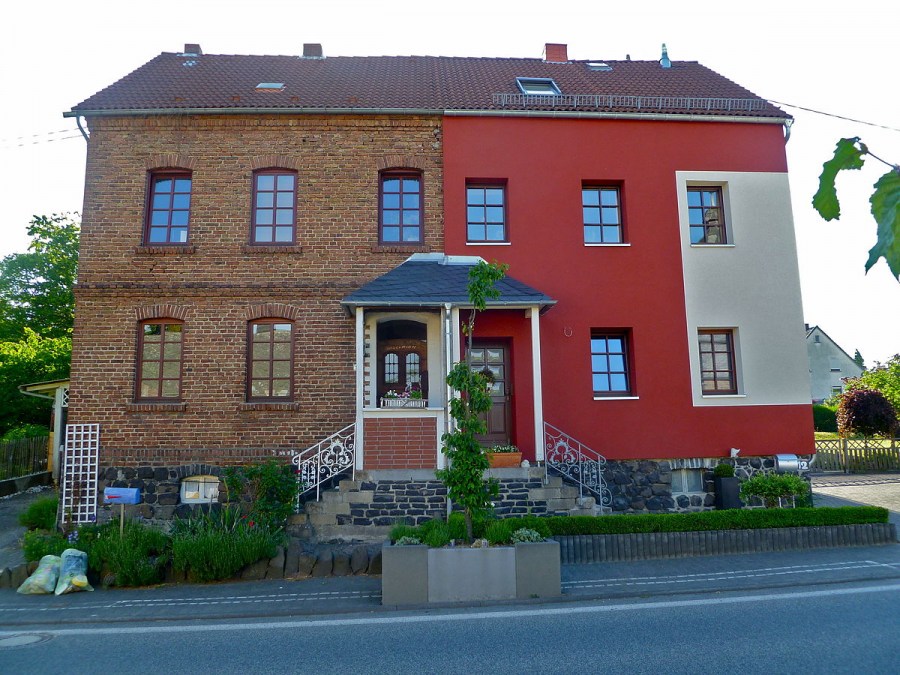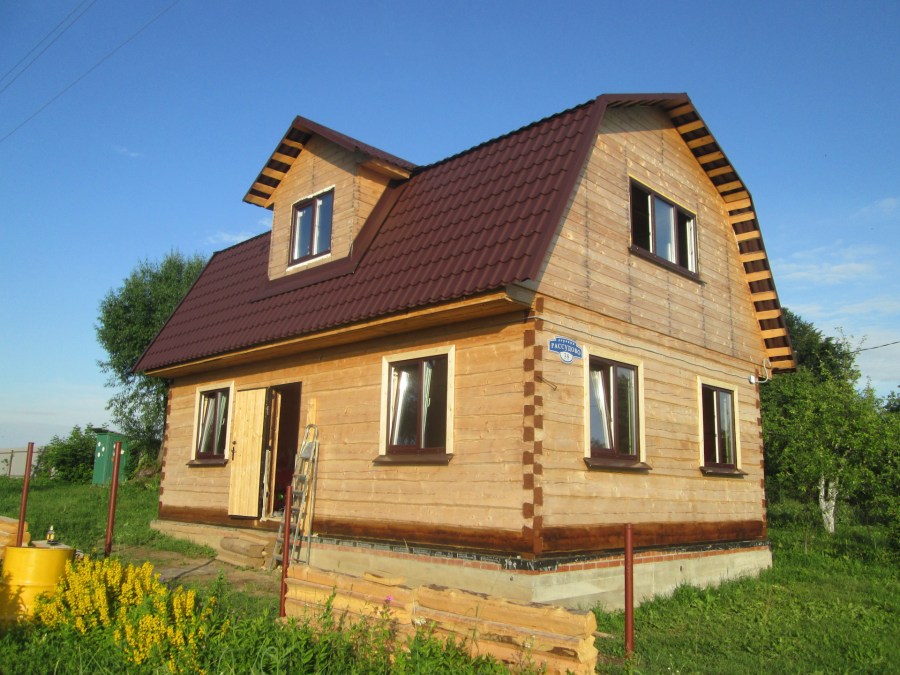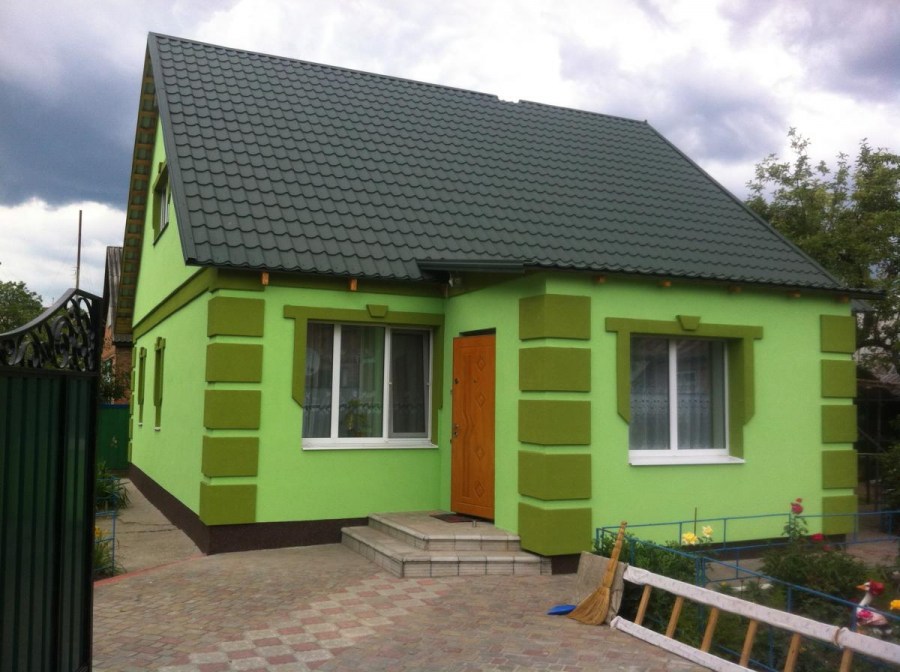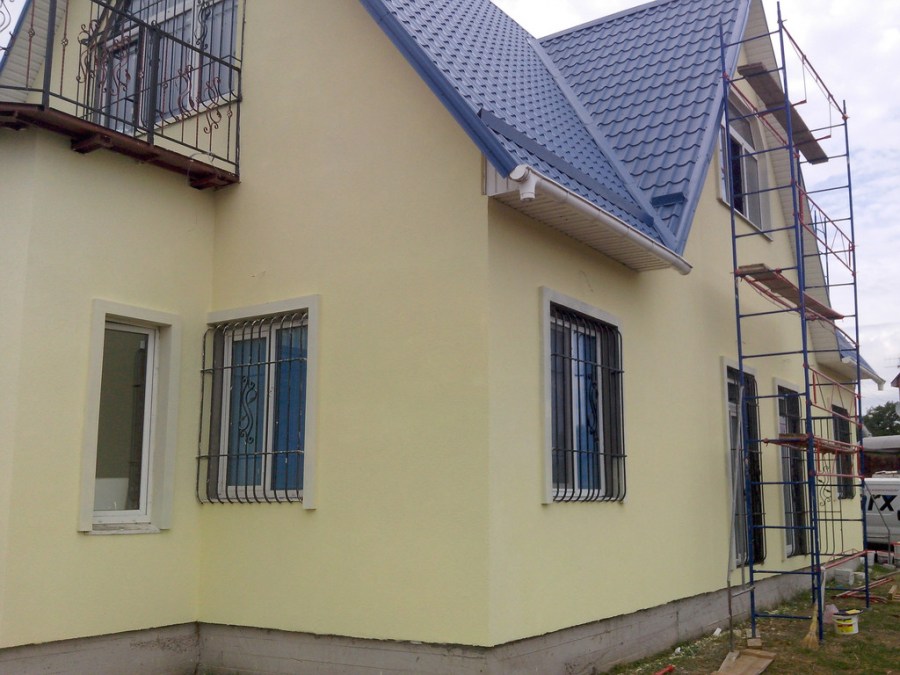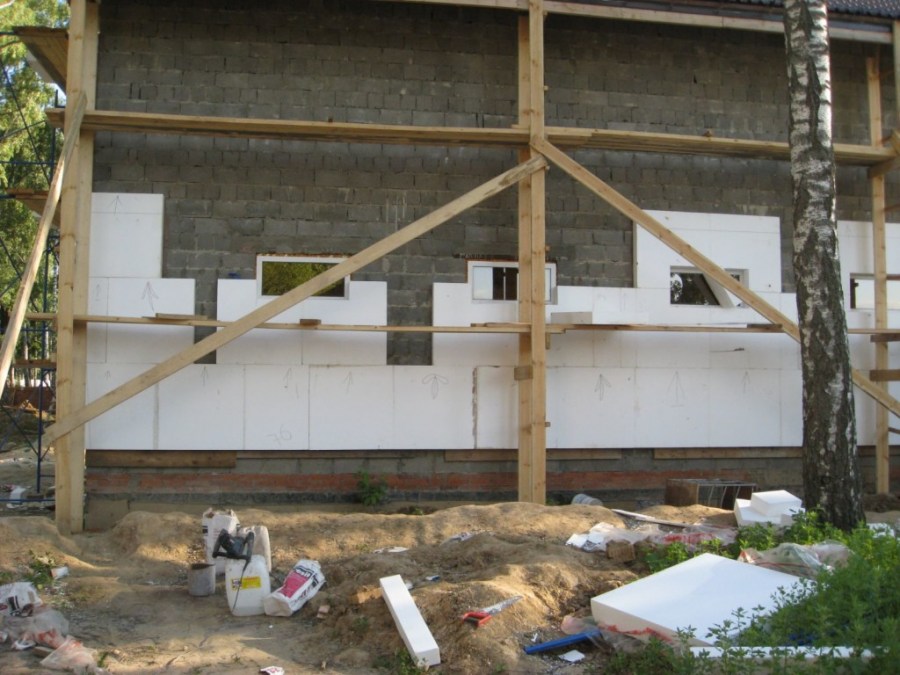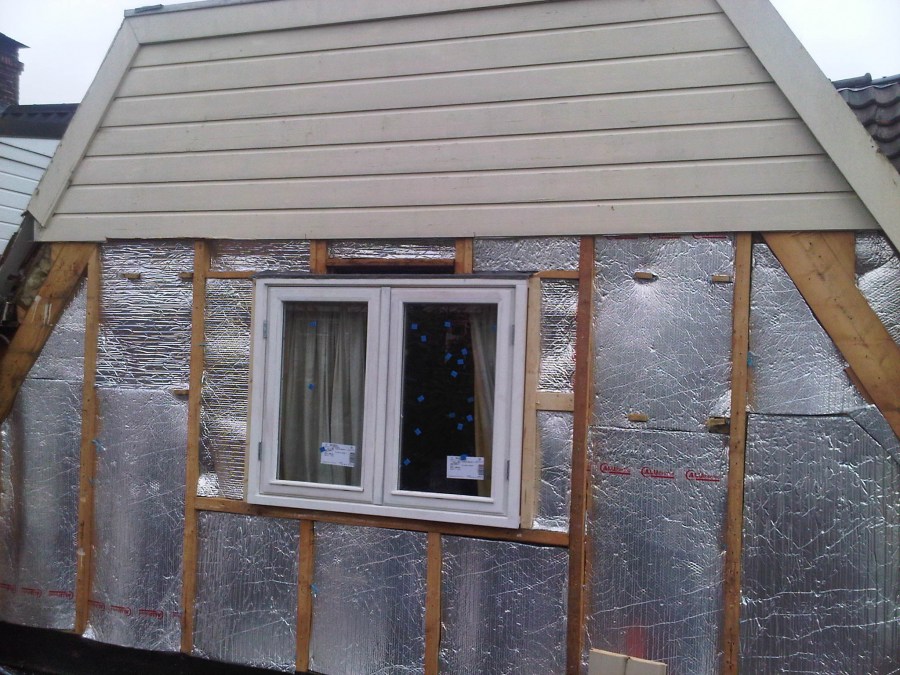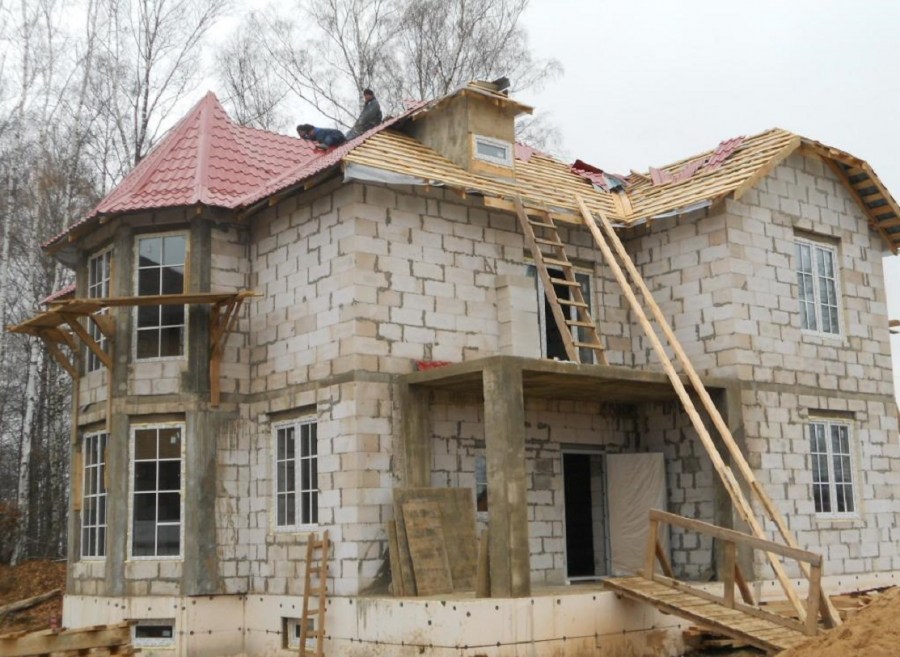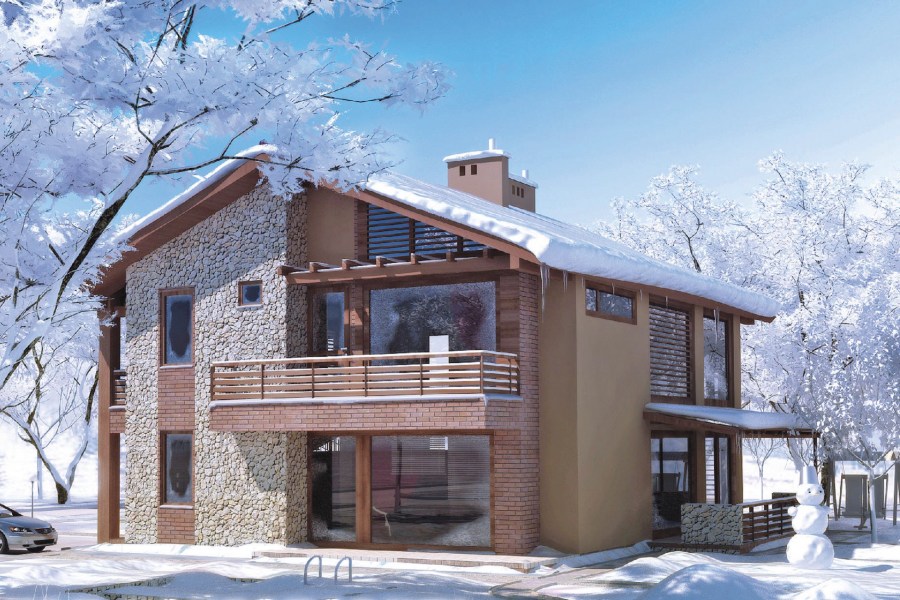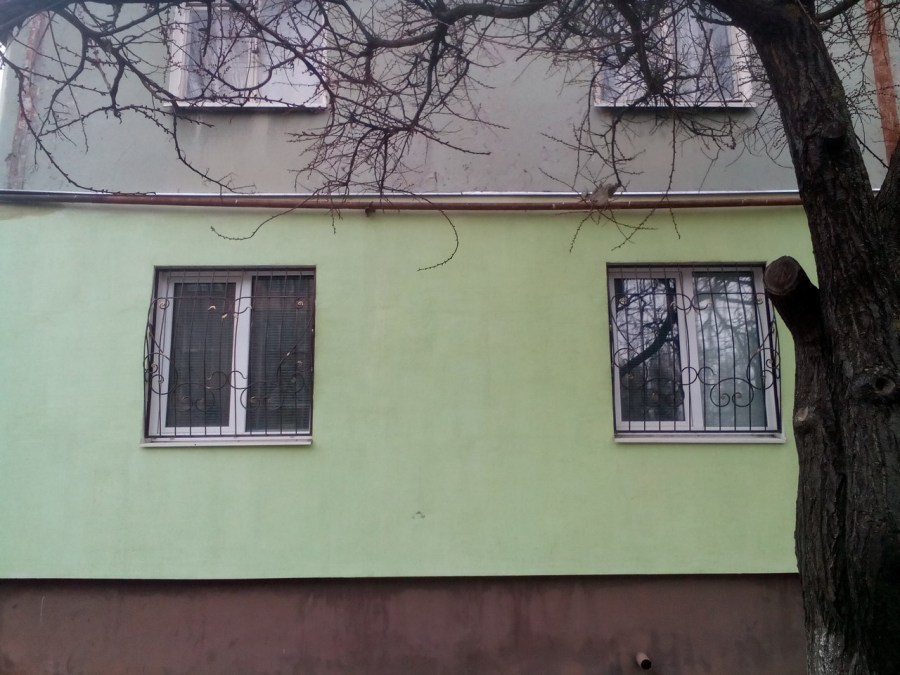Insulate a private house outside (95 photos): the choice of materials, step-by-step instructions on how to insulate yourself
Comfort in the house is created due to many factors. One of the most important is strict adherence to the rules of installation technology during the construction of the house. At large construction sites, these rules are tightly monitored by the technical supervision of the customer, various inspection commissions. Particular attention is paid to the insulation of wall structures.
Workers in the construction industry know that in order to choose the material for this work, it is necessary to carry out a heat engineering calculation, where the density and thickness of all materials included in the wall cake are taken into account in the main components.
In addition, the climatic conditions of the construction area, the highest plus and minus outside temperatures, the direction of the winds (wind rose), the optimum internal temperature of the house and some other necessary data for calculating the thickness of the insulation are taken into account.
In the construction of urban residential and administrative buildings, several types of insulation are used. As a rule, foam is used at the lower level in the basement locations. Above, from the first floor to the top, the miniplite is fixed.
In the conditions of suburban construction, there is no strict control by state bodies. However, owners of private houses are no less than urban residents are interested in creating favorable conditions for their residence. And the issue of insulation is treated very carefully.
Often they themselves have to choose the better to insulate the house from the outside, what type of insulation is better to use. The main emphasis is on the quality of the insulation, its cost, installation speed and the use of additional materials for fastening.
In this regard, questions often arise. Which is better: penoplex or minplita? How much they differ from each other in their characteristics and price. Is it worth using one type of insulation or is it reasonable to use two types? And an equally important question is whether it is possible to insulate the house with your own hands if you have already spent heavily on the main construction site by inviting a professional team.
Comparison of types of insulation
To avoid problems in the future operation of housing, you must first familiarize yourself with the technical characteristics of insulation materials and their relationship with the main structures. Only after receiving complete information about the properties of various heaters can you safely decide what type of material you can heat the house.
Currently, for external insulation use min slab, foam and foam. When analyzing the comparative characteristics of these materials, the main attention is paid to such properties as:
- thermal conductivity;
- density;
- vapor permeability;
- water absorption;
- flammability and so on.
It is necessary that all of the above properties meet the required standards. This in turn will contribute to ensuring the safety of the house, the formation of its internal climate and a long service life.
In this matter, the type of the main material of the house structures is important. As you know, housing in a suburban area is customary to build using wood material, block or brick. The technology of warming houses directly depends on the main types of materials that were used during the installation of the construction structure.
For example, for a wooden house, the best option for warming is of course a min stove. Foam insulation of wooden walls is disadvantageous for many reasons.First of all, due to the fact that the tree is a breathing material, and in the case of the use of foam, all the important useful properties of the insulation will simply come to naught.
The miniplate, in turn, is suitable not only for cladding external walls, but also for internal partitions, floors and ceilings. Since, together with heat-conducting qualities, it is an excellent noise-absorbing material.
Polyfoam, unlike mines, has excellent contact with wet ground. Therefore, it is more often used as insulation of foundations and various engineering networks passing underground. Due to its internal properties, foam can protect structures for many decades.
In addition to polystyrene, many people think of using foam. Conducting a comparative analysis of the properties of materials and finding out their data on thermal conductivity, strength, water absorption, and so on, the majority comes to the conclusion that foam is slightly better. The main disadvantage is the cost.
Warming with foam will cost one and a half times more expensive than using foam. For this reason, it is often rejected, preferring to deal with cheaper insulation. Similar reasoning, when the price becomes the dominant component in the choice, can lead to negative consequences.
It is always better to think ahead of time, which is better, to carry out insulation is cheaper, but worse, or to overpay, but in the end to get a high-quality insulation, protective coating?
However, polystyrene has its advantages over polystyrene. The latter, for example, due to insufficient adhesion, is not suitable for mounting on walls above the basement level. Here, preference is entirely given to polystyrene foam or mineral wool, which is even more acceptable, since unlike miniplates, polystyrene foam and polystyrene are combustible.
Recently, there have been trends in Russia aimed at refusing to use polystyrene in the construction of houses. It is also worth noting that many European countries have already banned the use of such materials due to their toxicity at the time of burning.
Self-warming at home
When the issue with the material is finally resolved, it is necessary to determine the order of its attachment to the surface. If we are talking about walls and the miniplate is chosen as a heater, since the house is made of wood, it is necessary to provide for the installation of a frame.
This is all the more important when they are preparing to use the house in the winter and the thickness of the slab should help create a favorable internal climate.
The frame (preferably metal) fixes the miniplate in the installed position. If there are doubts about the correctness of the work, construction sites on the Internet will provide detailed information on the topic: how to insulate the house outside with mineral wool with a detailed description of the stages of work, the calculation of the volume of materials and the order of arrangement of the frame racks and cross strips.
For greater convenience, on most construction sites related to this topic, there is a photo instruction on how to insulate a house from the outside. Visual demonstration of work is always better perceived by users. Realizing this, construction site owners often use color photos as well as video materials.
Online calculators are even more attractive.For those who decide to independently conduct the insulation of their homes and value their money, such assistance will come in handy. As a rule, such calculators provide for the calculation of specific materials, taking into account their parameters.
Photo tips on how to insulate a house outside
Drinking bowl for chickens: 85 photos and step-by-step instructions for building
Decorative plaster bark beetle - how to apply plaster (110 photos)
Join the discussion:



